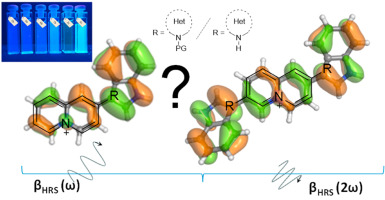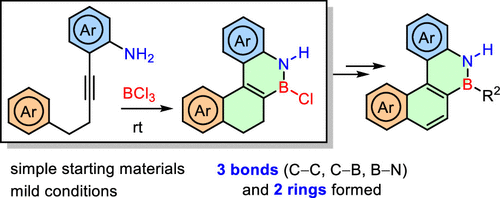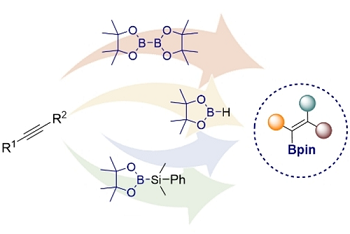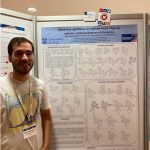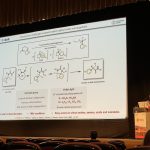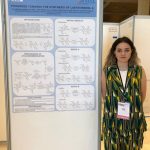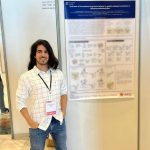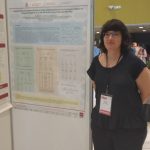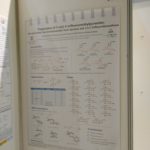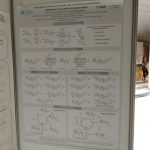Publicaciones > Kopytina et al
Front Pharmacol. 2022 Aug 16;13:868374. doi: 10.3389/fphar.2022.868374. eCollection 2022. PubMed 36052133
Steviol glycosides as an alternative osmotic agent for peritoneal dialysis fluid.
Valeria Kopytina1, Lucía Pascual-Antón1, Nora Toggweiler2, Eva-María Arriero-País1, Lisa Strahl2, Patricia Albar-Vizcaíno3, David Sucunza4, Juan J Vaquero4, Sonja Steppan5, Dorothea Piecha5, Manuel López-Cabrera1, Guadalupe-Tirma González-Mateo1
1. Department of Immunology, Molecular Biology Research Center Severo Ochoa (CBMSO), Spanish National Research Council (CSIC), Madrid, Spain. 2. Fresenius Medical Care Deutschland GmbH, Frankfurter, St. Wendel, Germany. 3. Department of Nephrology, IdiPAZ Research Institute, La Paz University Hospital, Madrid, Spain. 4. Department of Organic and Inorganic Chemistry, Faculty of Pharmacy, University of Alcalá (IRYCIS), Madrid, Spain. 5. Fresenius Medical Care Deutschland GmbH, St. Wendel, Germany.
Keywords: biocompatibility; chronic inflammation; dialysis solutions; fibrosis; osmotic agents; peritoneal dialysis (PD)
Abstract
Background: Peritoneal dialysis (PD) is a renal replacement technique that requires repeated exposure of the peritoneum to hyperosmolar PD fluids (PDFs). Unfortunately, it promotes alterations of the peritoneal membrane (PM) that affects its functionality, including mesothelial-mesenchymal transition (MMT) of mesothelial cells (MCs), inflammation, angiogenesis, and fibrosis. Glucose is the most used osmotic agent, but it is known to be at least partially responsible, together with its degradation products (GDP), for those changes. Therefore, there is a need for more biocompatible osmotic agents to better maintain the PM. Herein we evaluated the biocompatibility of Steviol glycosides (SG)-based fluids. Methods: The ultrafiltration and transport capacities of SG-containing and glucose-based fluids were analyzed using artificial membranes and an in vivo mouse model, respectively. To investigate the biocompatibility of the fluids, Met-5A and human omental peritoneal MCs (HOMCs) were exposed in vitro to different types of glucose-based PDFs (conventional 4.25% glucose solution with high-GDP level and biocompatible 2.3% glucose solution with low-GDP level), SG-based fluids or treated with TGF-β1. Mice submitted to surgery of intraperitoneal catheter insertion were treated for 40 days with SG- or glucose-based fluids. Peritoneal tissues were collected to determine thickness, MMT, angiogenesis, as well as peritoneal washings to analyze inflammation. Results: Dialysis membrane experiments demonstrated that SG-based fluids at 1.5%, 1%, and 0.75% had a similar trend in weight gain, based on curve slope, as glucose-based fluids. Analyzing transport capacity in vivo, 1% and 0.75% SG-based fluid-exposed nephrectomized mice extracted a similar amount of urea as the glucose 2.3% group. In vitro, PDF with high-glucose (4.25%) and high-GDP content induced mesenchymal markers and angiogenic factors (Snail1, Fibronectin, VEGF-A, FGF-2) and downregulates the epithelial marker E-Cadherin. In contrast, exposition to low-glucose-based fluids with low-GDP content or SG-based fluids showed higher viability and had less MMT. In vivo, SG-based fluids preserved MC monolayer, induced less PM thickness, angiogenesis, leukocyte infiltration, inflammatory cytokines release, and MMT compared with glucose-based fluids. Conclusion: SG showed better biocompatibility as an osmotic agent than glucose in vitro and in vivo, therefore, it could alternatively substitute glucose in PDF.

